
CoolFish
test
Navigation |
Report
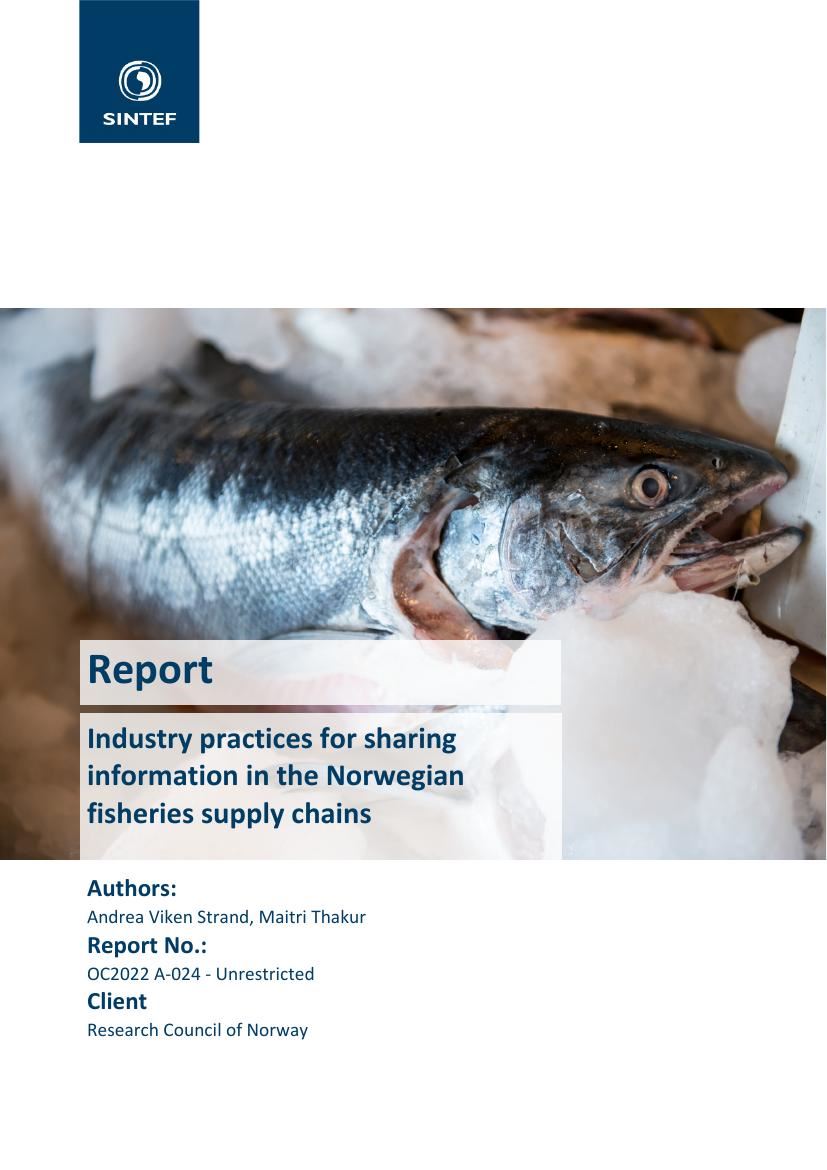
|
Industry practices for sharing information in the Norwegian fisheries supply chains By Strand, A.V., Thakur, M. (22.04.2022)
|
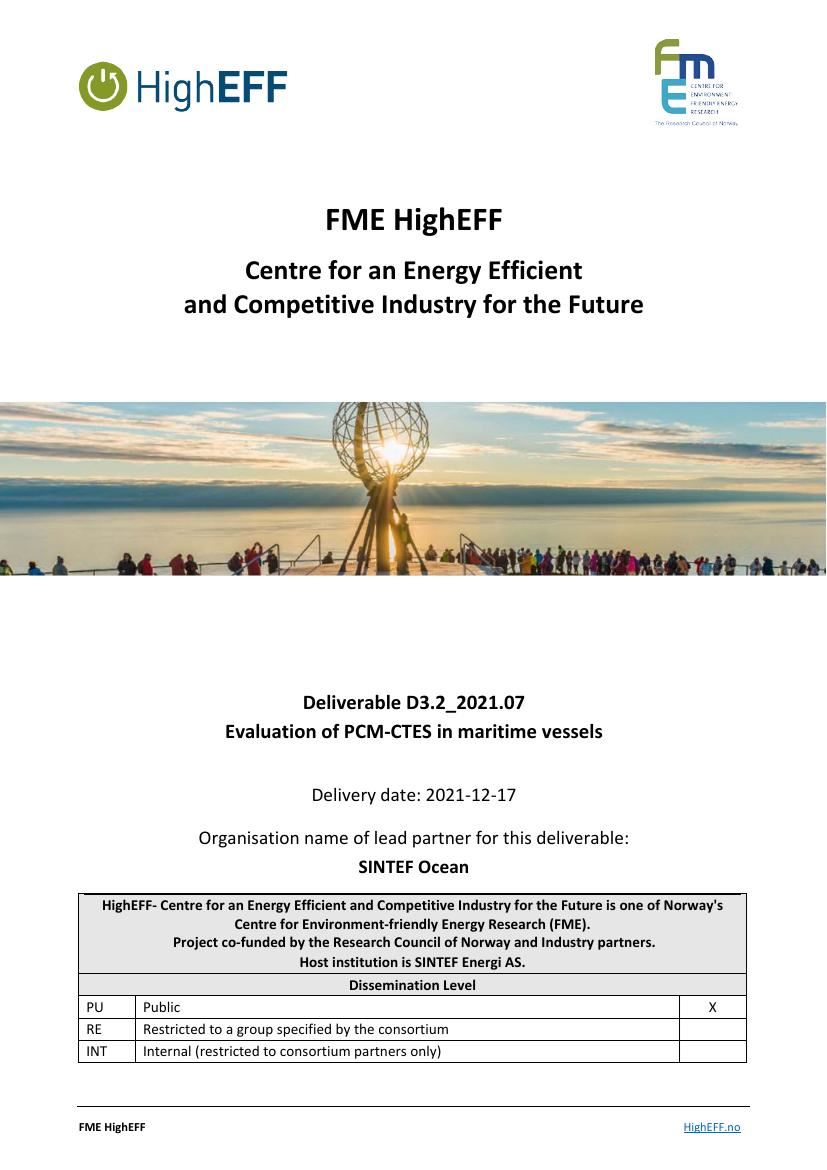
|
Evaluation of PCM-CTES in maritime vessels By Vingelsgård, E., Widell, K.N, Nordtvedt, T.S. (17.12.2021)
|
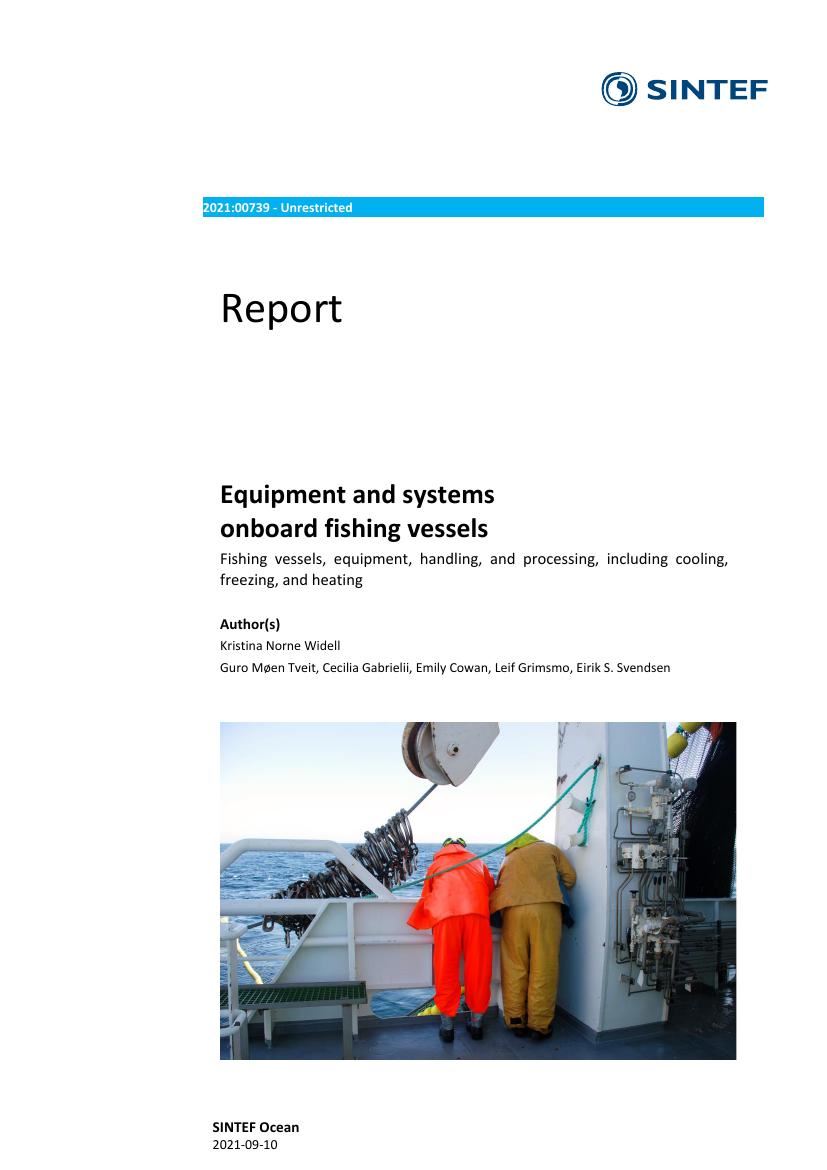
|
Equipment and systems onboard fishing vessels By Widell, K.N, Tveit, G.M., Gabrielli, C., Cowan, E., Grimsmo, L., Svendsen, E.S. (02.09.2021)
|
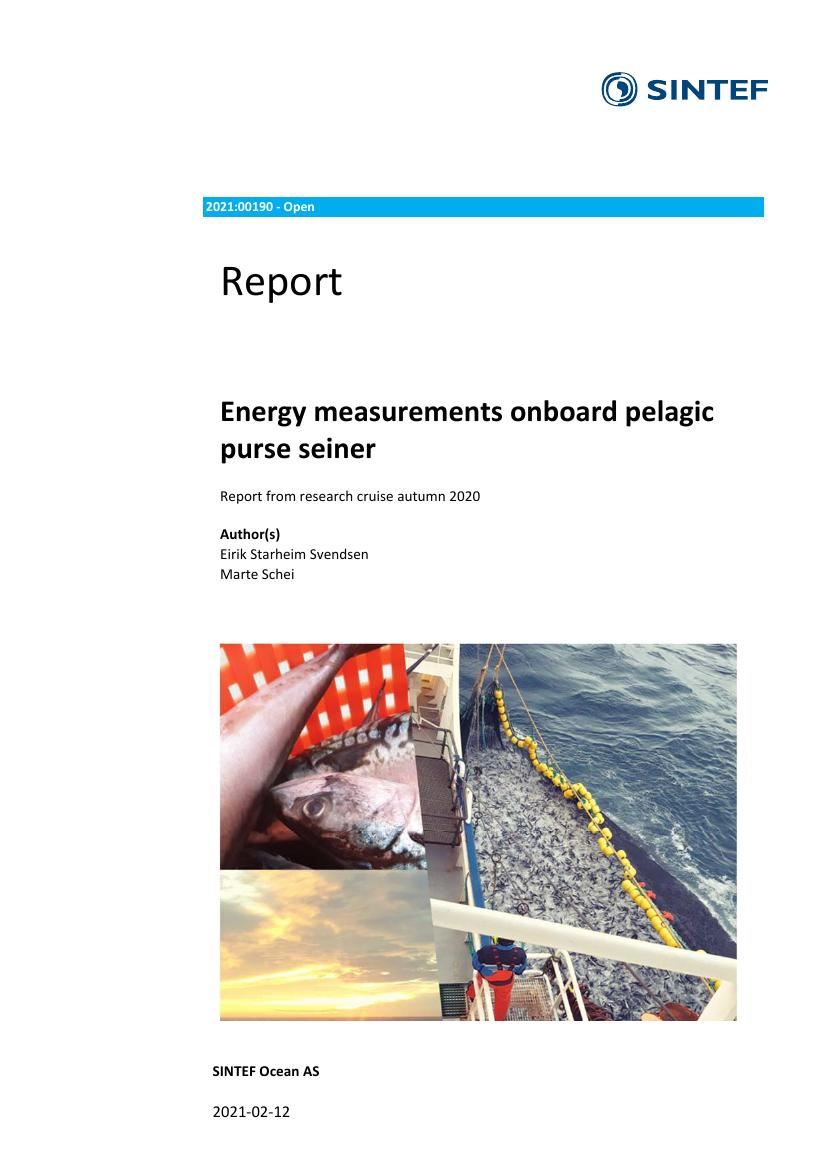
|
Energy measurements onboard pelagic purse seiner By Svendsen, E.S., Schei, M. (18.02.2021)
|
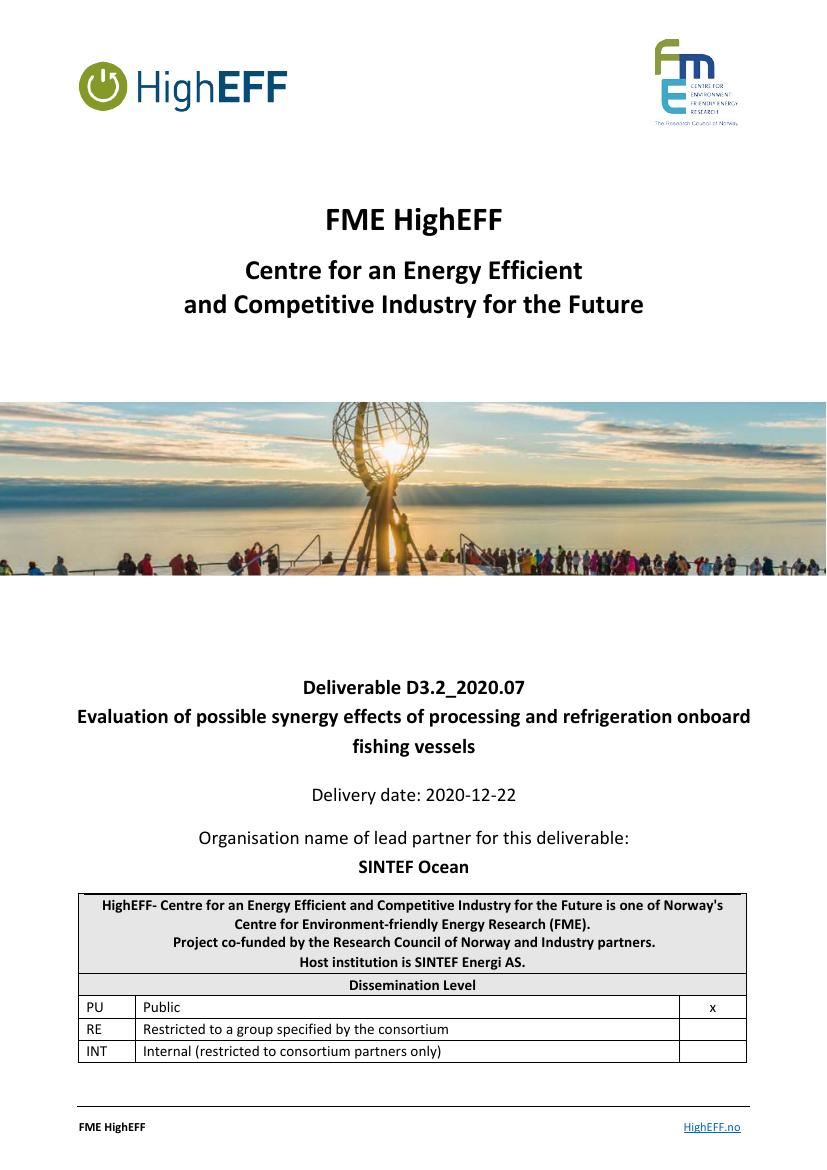
|
Evaluation of possible synergy effects of processing and refrigeration onboard fishing vessels By Widell, K.N., Saeed, M.Z., Gabrielii, C., Nordtvedt, T.S., Svendsen, E.S. (20.12.2020)
|
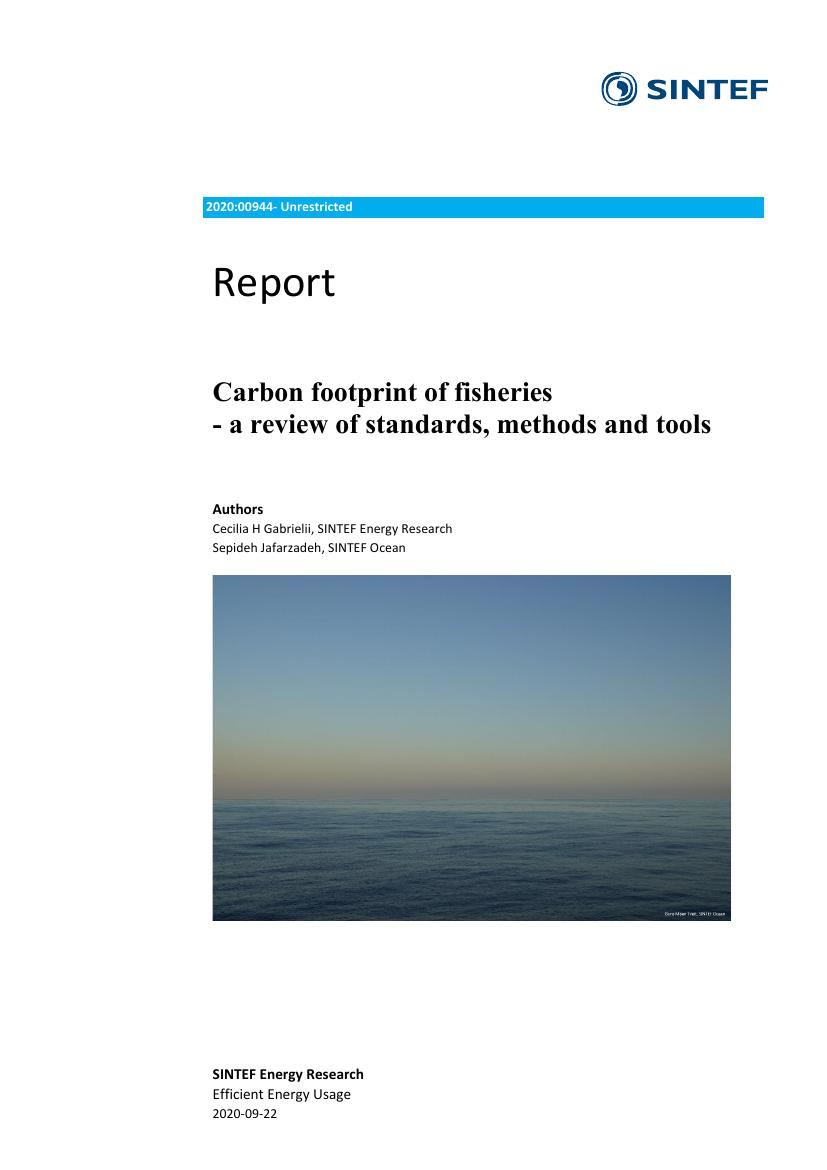
|
Alternative fuels and propulsion systems for fishing vessels By Gabrielli, C., Jafarzadeh, S. (30.09.2020)
|

|
Carbon footprint of fisheries - a review of standards, methods and tools By Gabrielli, C., Jafarzadeh, S. (22.09.2020)
|
Master thesis
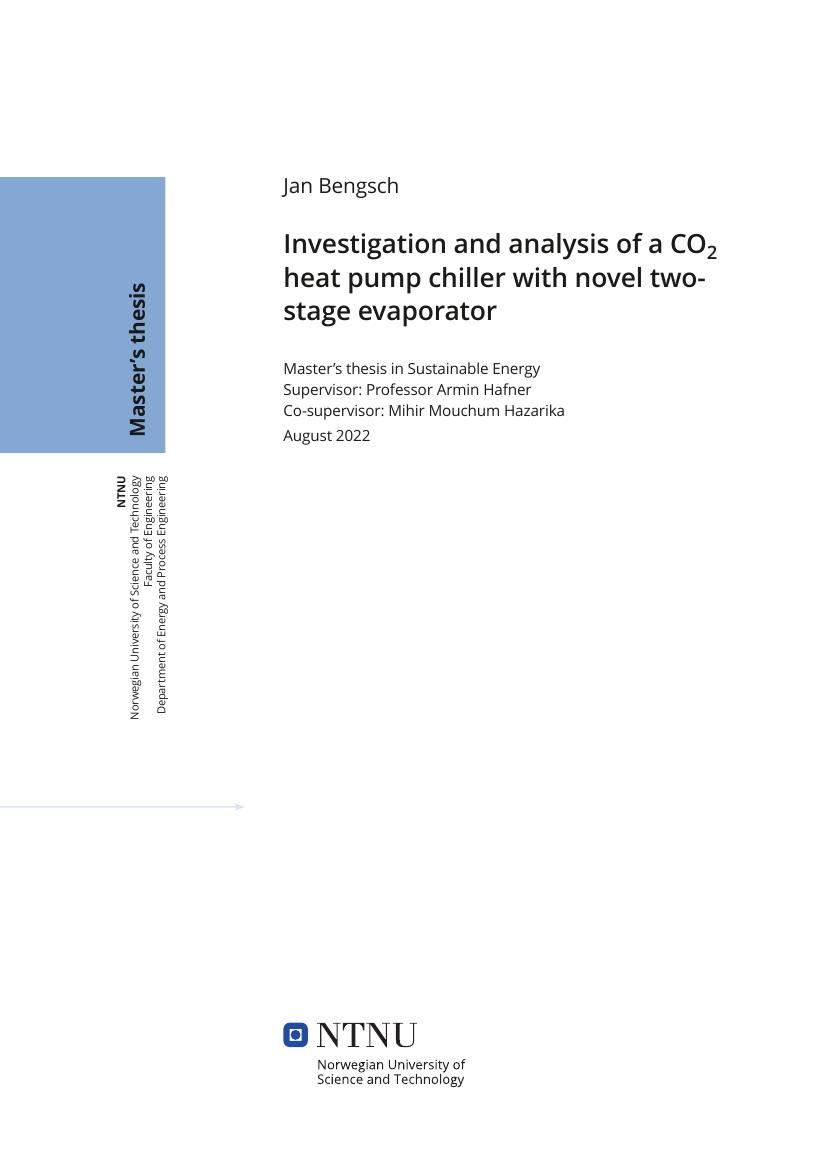
|
Investigation and analysis of a CO2 heat pump chiller with novel two-stage evaporator By Bengsch, J. (10.08.2022)
|
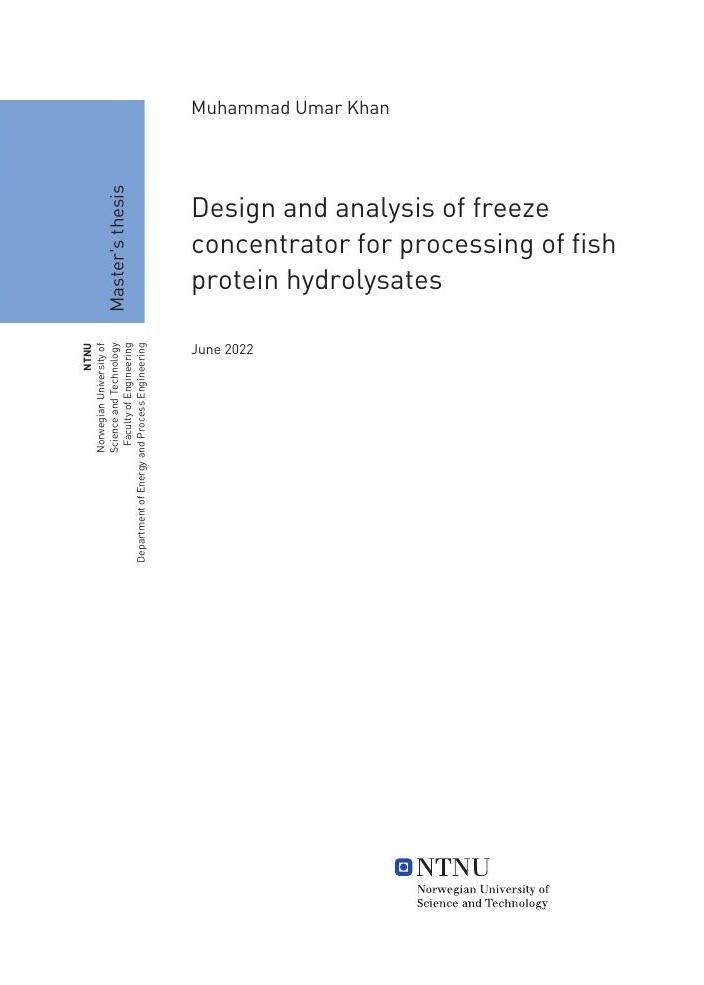
|
Design and analysis of freeze-concentrator for processing of fish protein hydrolysate By Khan, M.U. (20.06.2022)
|
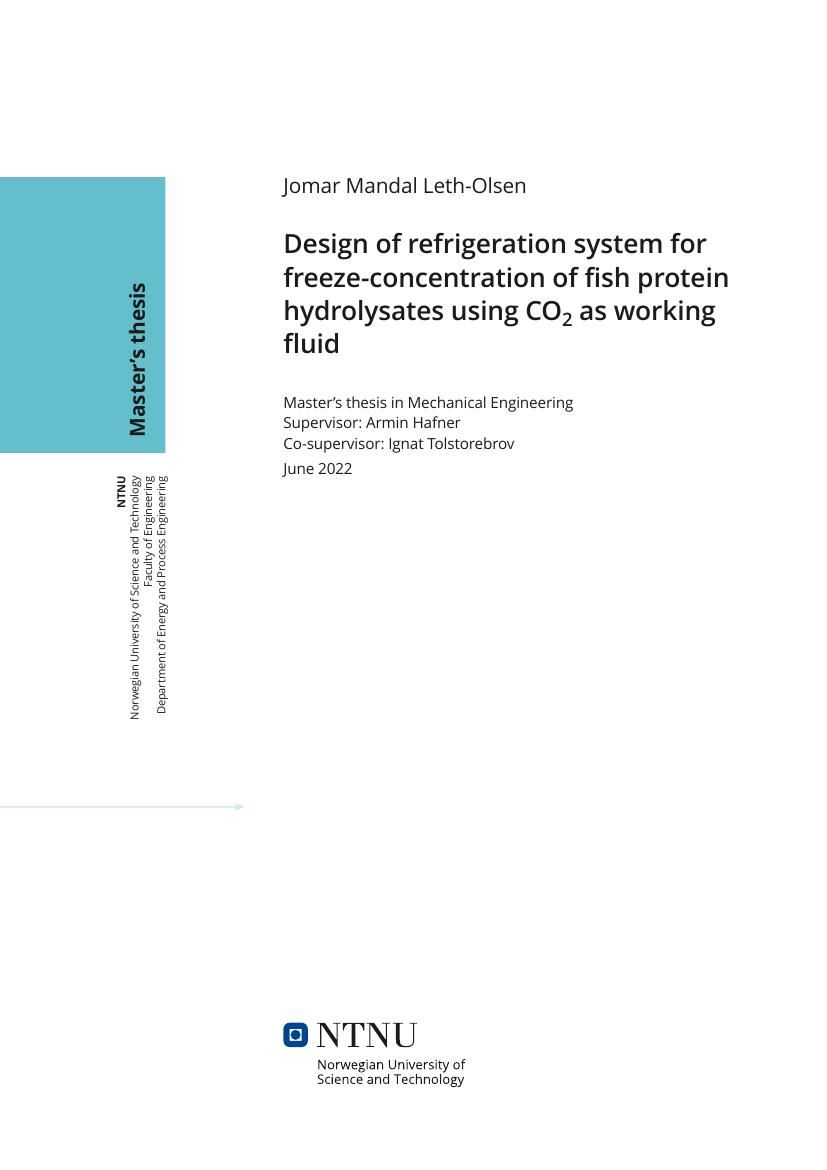
|
Design of CO2 heat pump and refrigeration system for hydrolyzation & freeze concentration processes By Leth-Olsen, J.M. (20.06.2022)
|
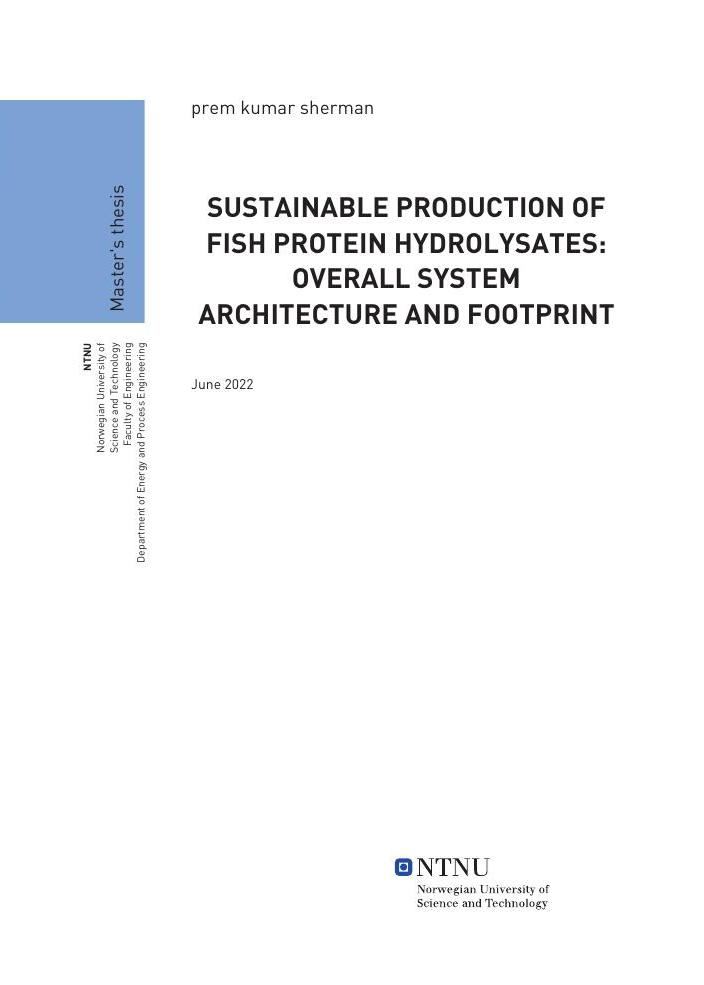
|
Sustainable production of fish protein hydrolysates: Overall system architecture and footprint By Sherman, P.K. (20.06.2022)
|
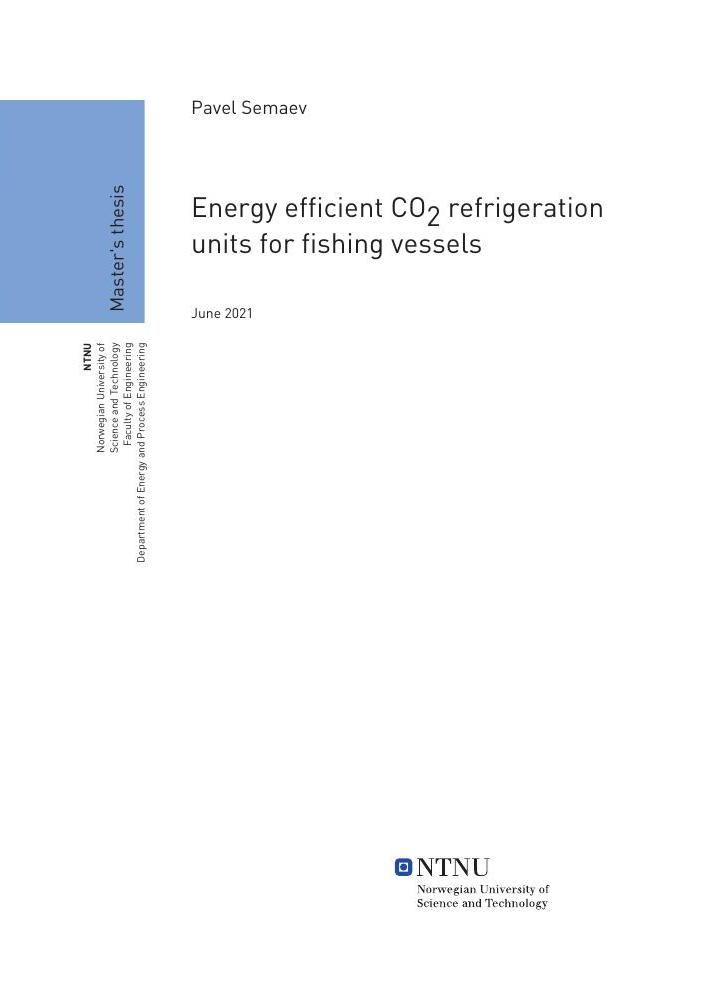
|
Energy efficient CO2 refrigeration units for fishing vessels By Semaev, P. (20.06.2021)
|
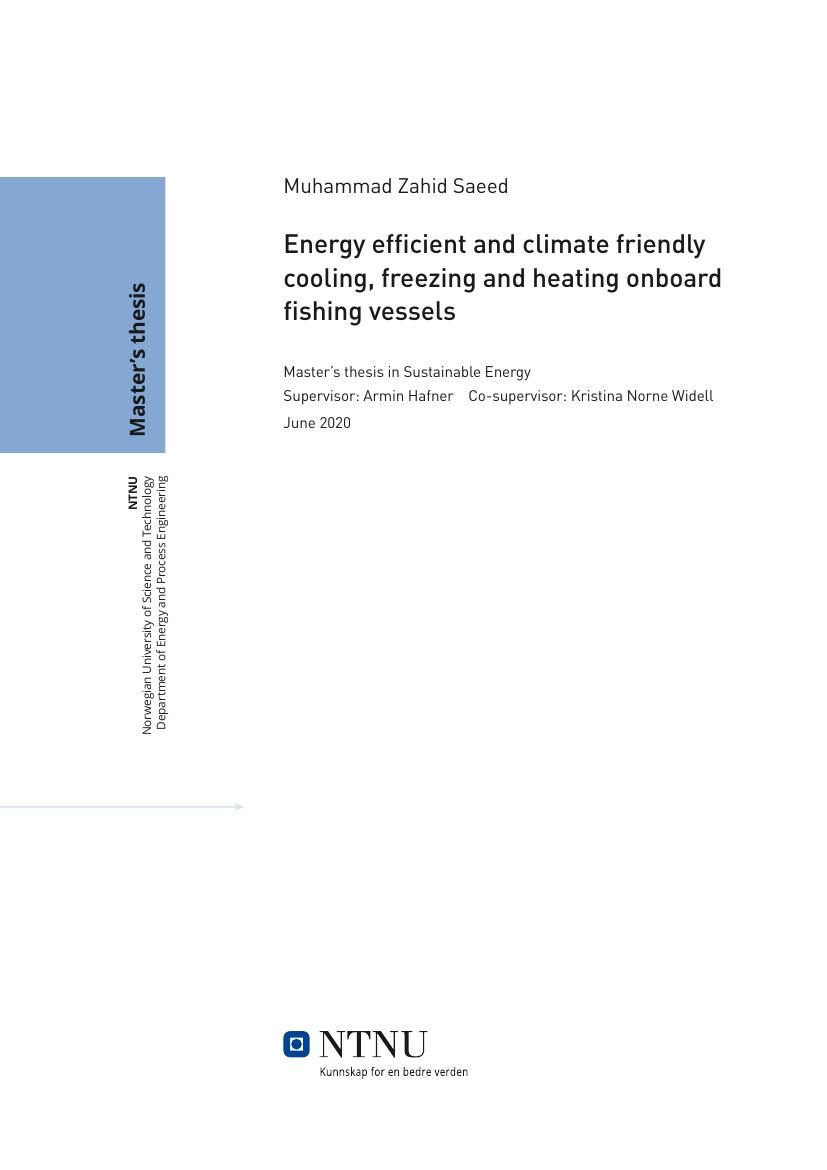
|
Energy efficient and climate friendly cooling, freezing and heating onboard fishing vessels By Saeed, M.Z. (01.06.2020)
|
Journal publication
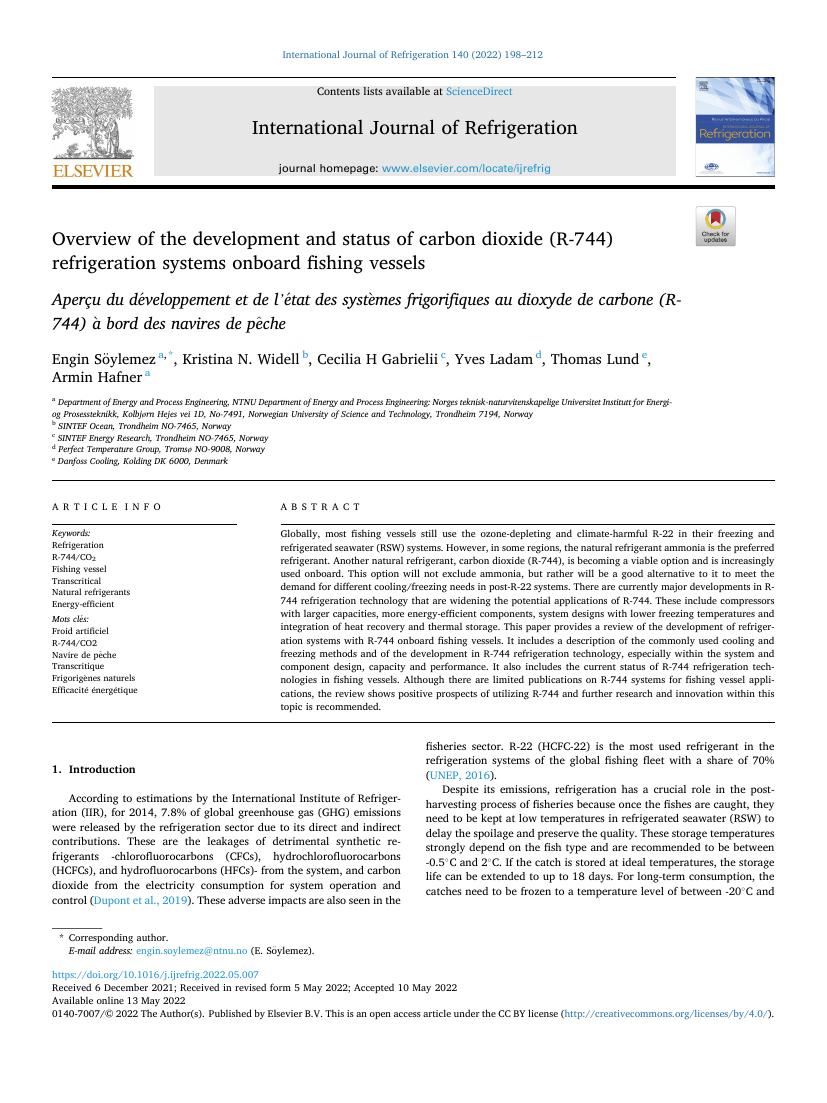
|
Overview of the development and status of carbon dioxide (R-744) refrigeration systems onboard fishing vessels By Söylemez, E., Widell, K.N, Gabrielli, C., Ladam, Y., Lund, T., Hafner, A. (01.05.2022)
|
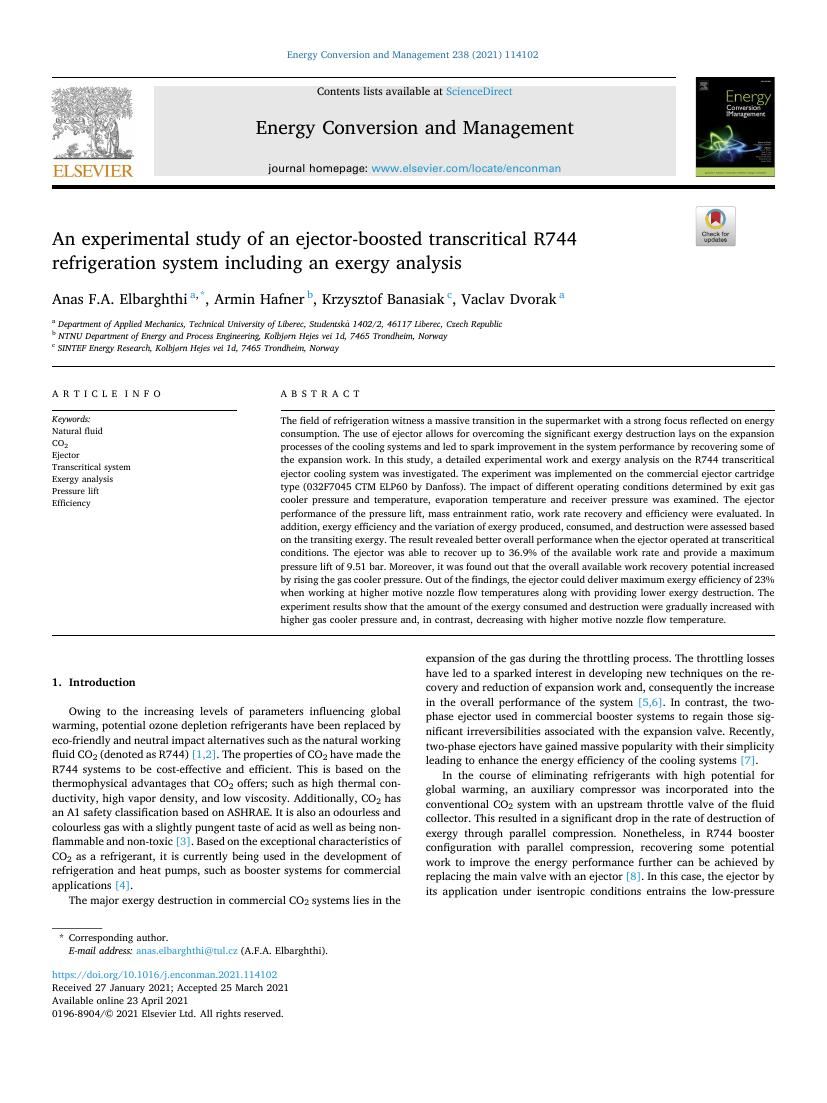
|
An experimental study of an ejector-boosted transcritical R744 refrigeration system including an exergy analysis By Elbarghthi, A., Hafner, A., Banasiak, K., Dvorak, V. (15.06.2021)
|
Conf. paper
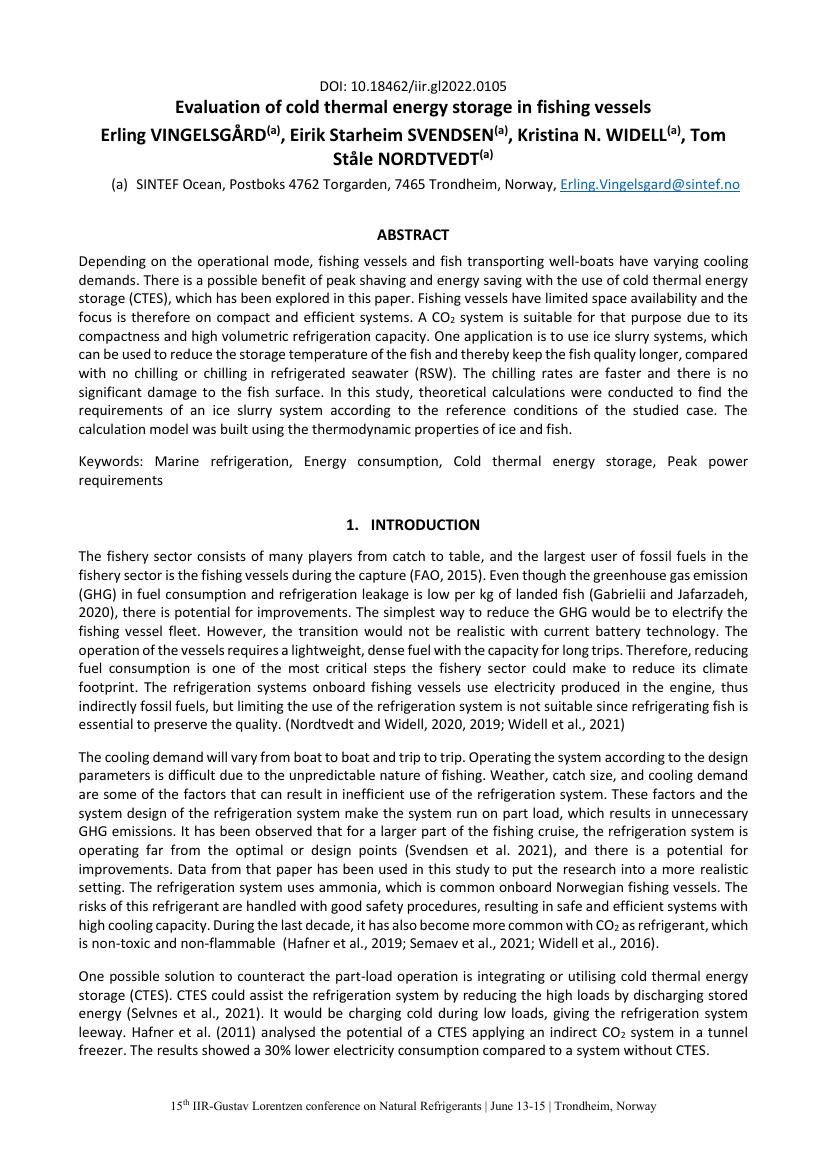
|
Evaluation of cold thermal energy storage in fishing vessels By Vingelsgård, E., Svendsen, E.S., Widell, K.N, Nordtvedt, T.S. (13.06.2022)
|
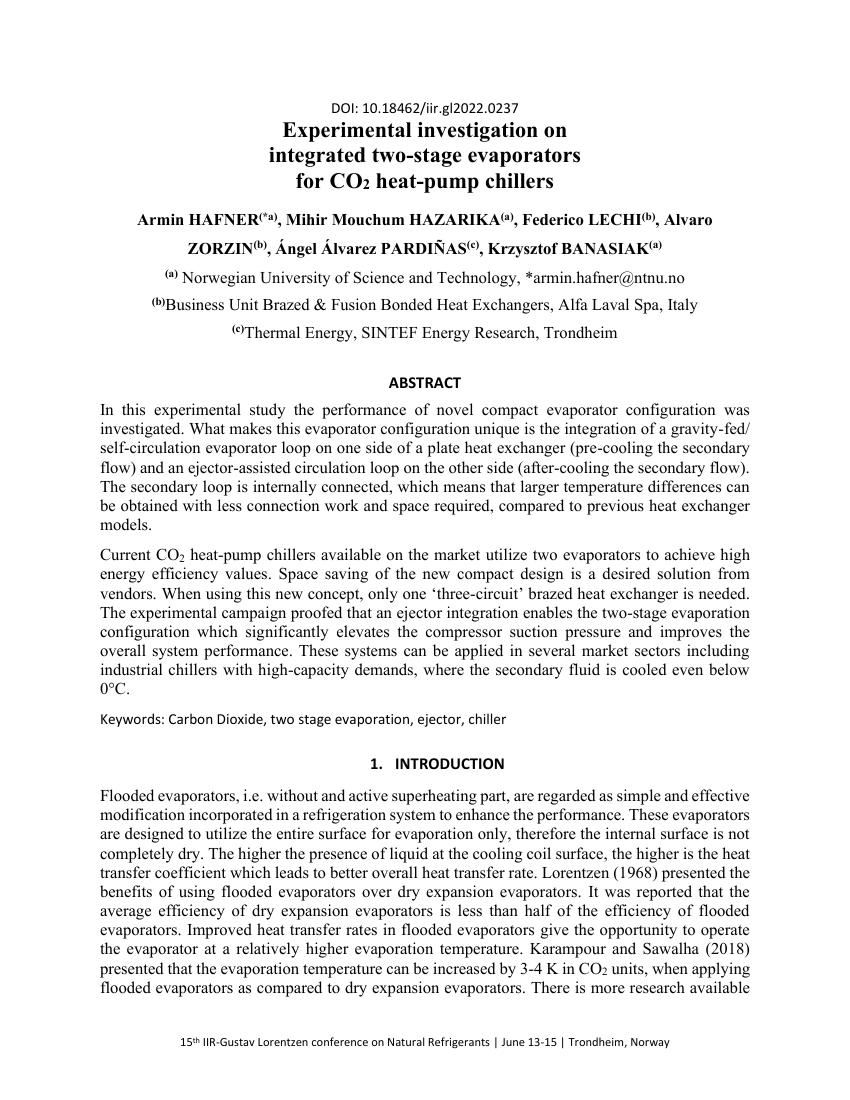
|
Experimental investigation on integrated two-stage evaporators for CO2 heat-pump chillers By Hafner, A., Hazarika, M.M., Lechi, F., Zorzin, A., Pardiãs, A.A., Banasiak, K. (13.06.2022)
|
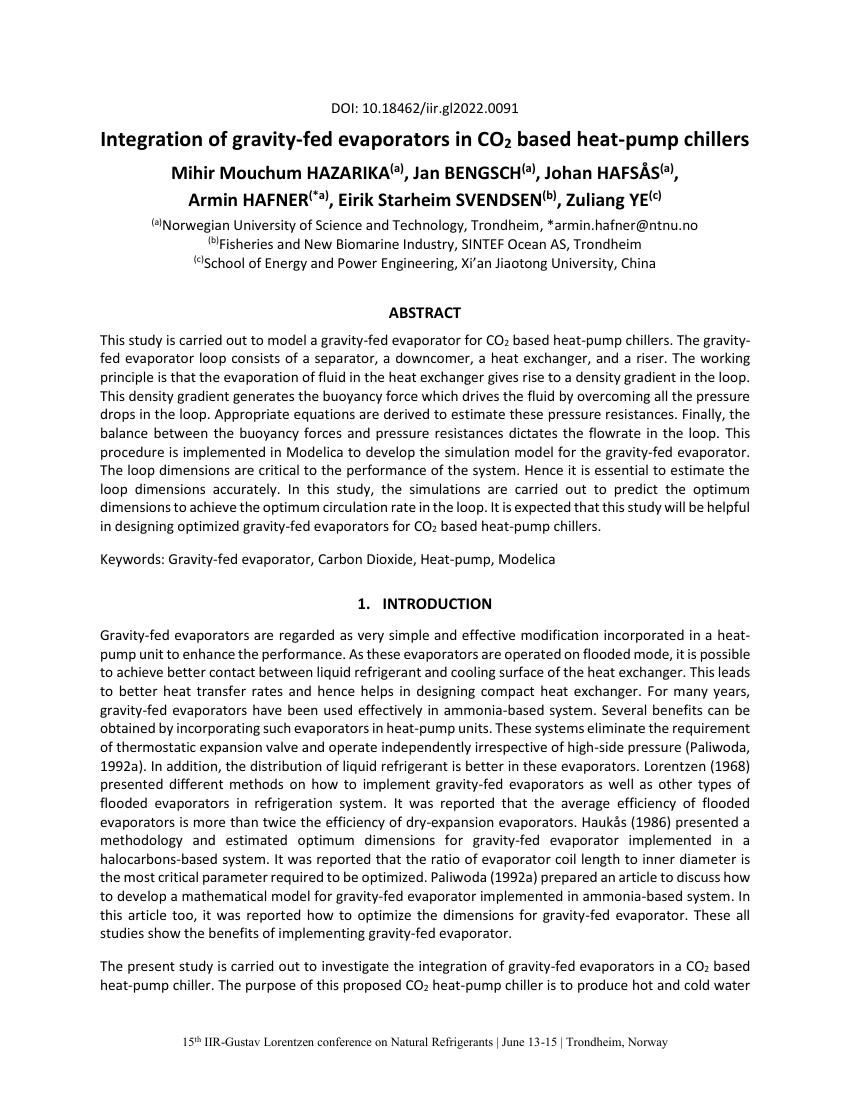
|
Integration of gravity-fed evaporators in CO2 based refrigeration systems By Hazarika, M.M., Bengsch, J., Hafsås, J., Hafner, A., Svendsen, E.S., Ye, Z. (13.06.2022)
|
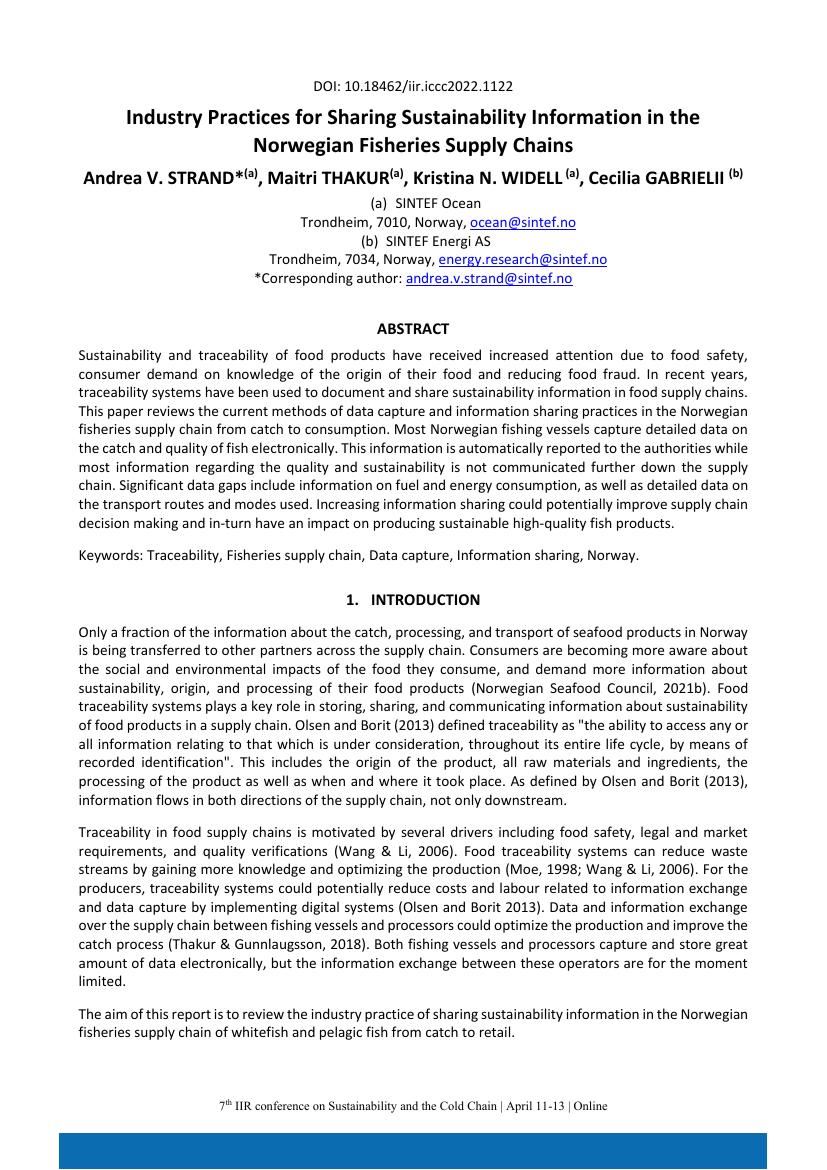
|
Industry practices for sharing sustainability information in the Norwegian seafood supply chains By Strand, A.V., Thakur, M., Widell, K.N, Gabrielli, C. (11.04.2022)
|
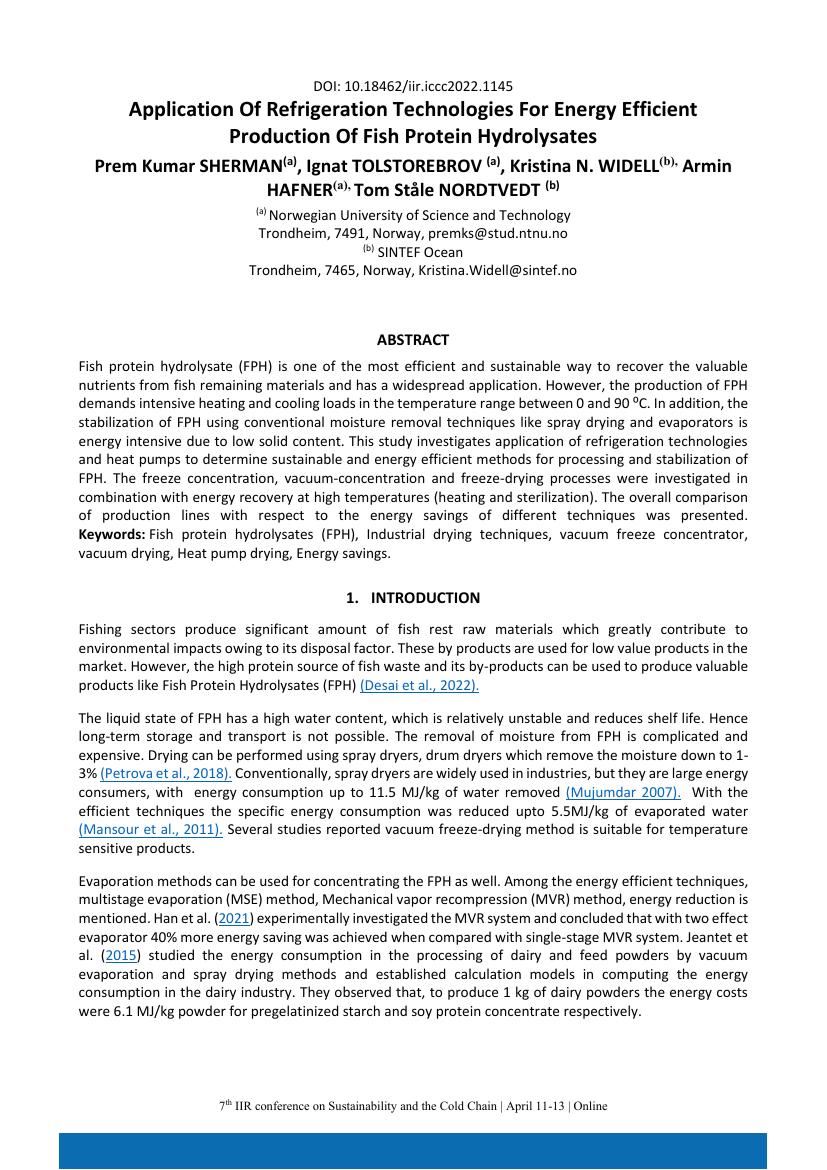
|
Application Of Refrigeration Technologies For Energy Efficient Production Of Fish Protein Hydrolysates By Sherman, P.K., Tolstorebrov, I., Widell, K.N, Hafner, A., Nordtvedt, T.S. (11.04.2022)
|
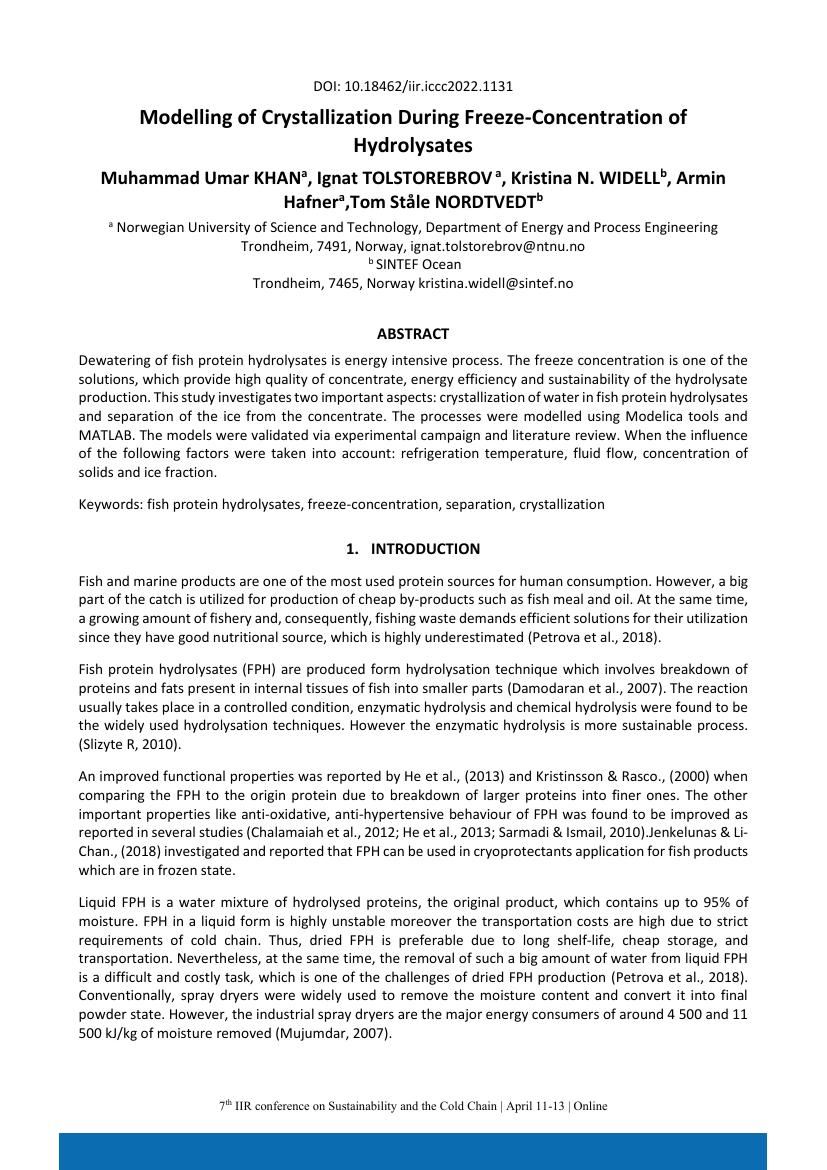
|
Modelling Of Crystallization During Freeze-Concentration Of Hydrolysates By Khan, M.U., Tolstorebrov, I., Widell, K.N, Hafner, A., Nordtvedt, T.S. (11.04.2022)
|
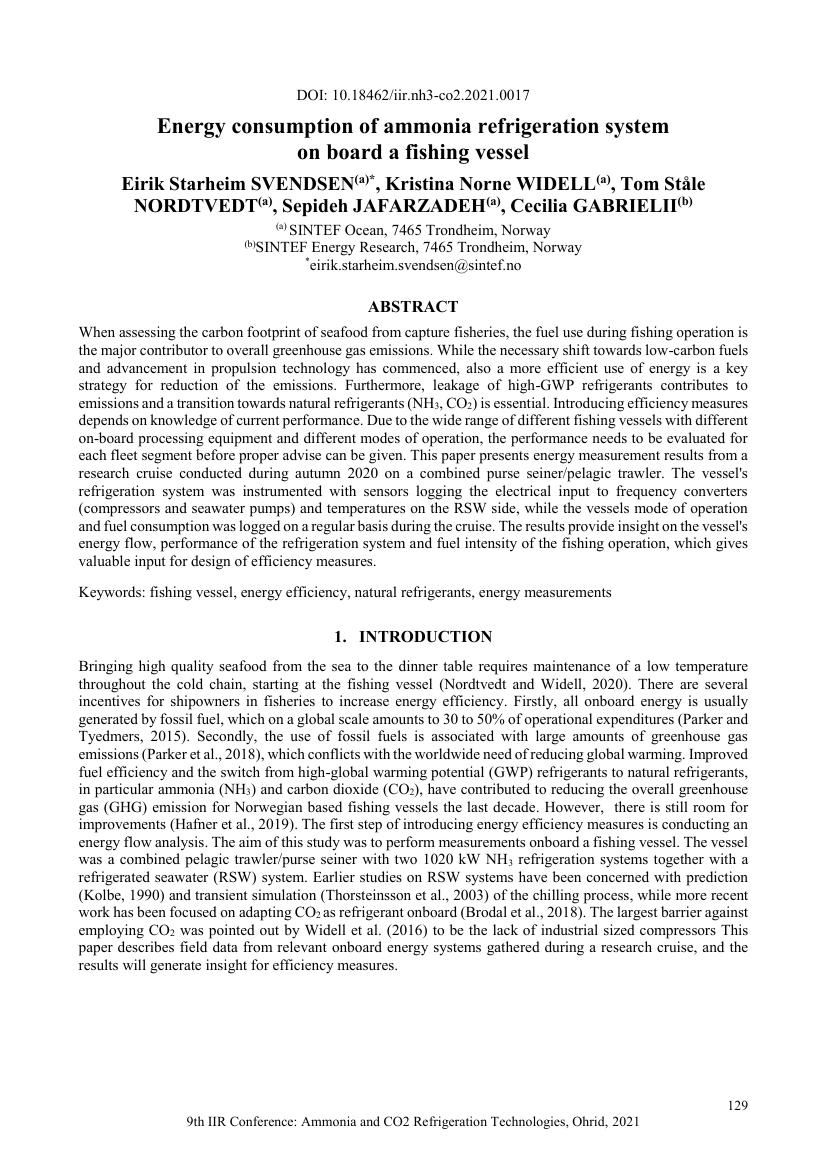
|
Energy consumption of ammonia refrigeration system on board a fishing vessel By Svendsen, E.S., Widell, K.N, Nordtvedt, T.S., Jafarzadeh, S., Gabrielli, C. (16.09.2021)
|
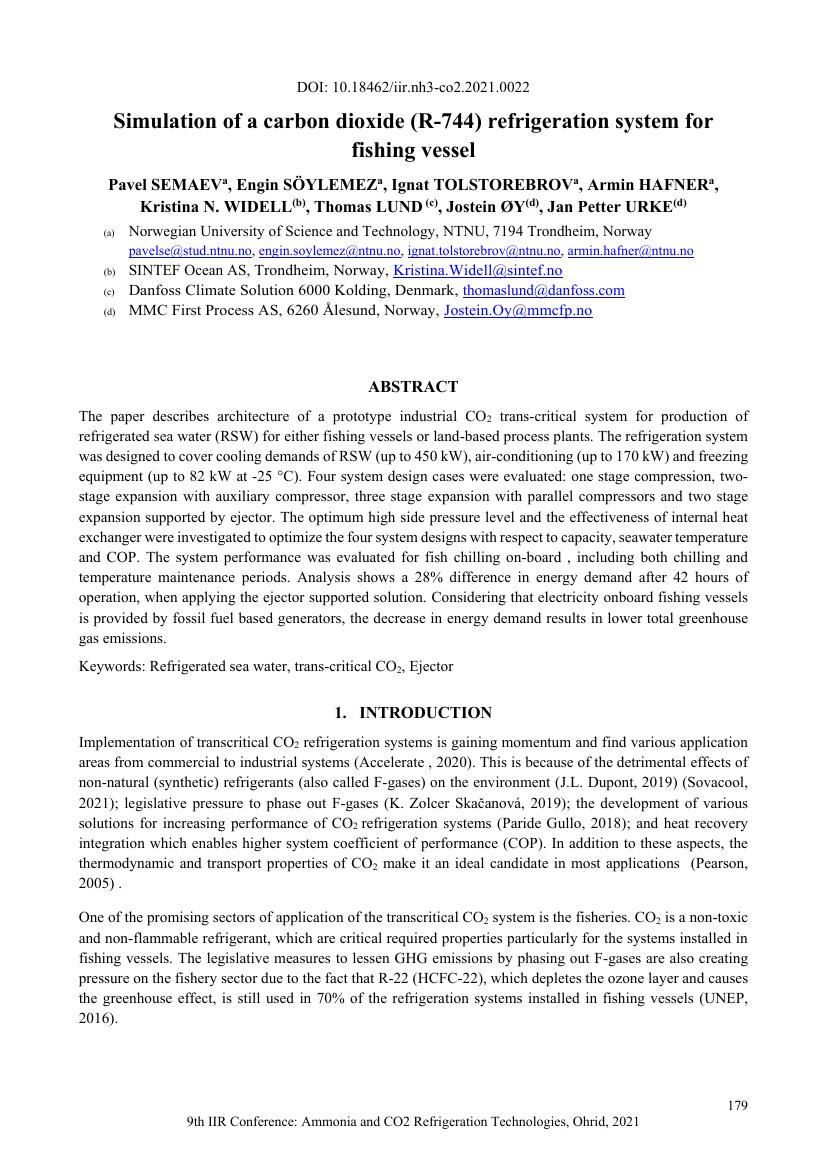
|
Simulation of a carbon dioxide (R-744) refrigeration system for fishing vessel By Semaev, P., Söylemez, E., Tolstorebrov, I., Hafner, A., Widell, K.N., Lund, T., Øy, J., Urke, J.P. (16.09.2021)
|
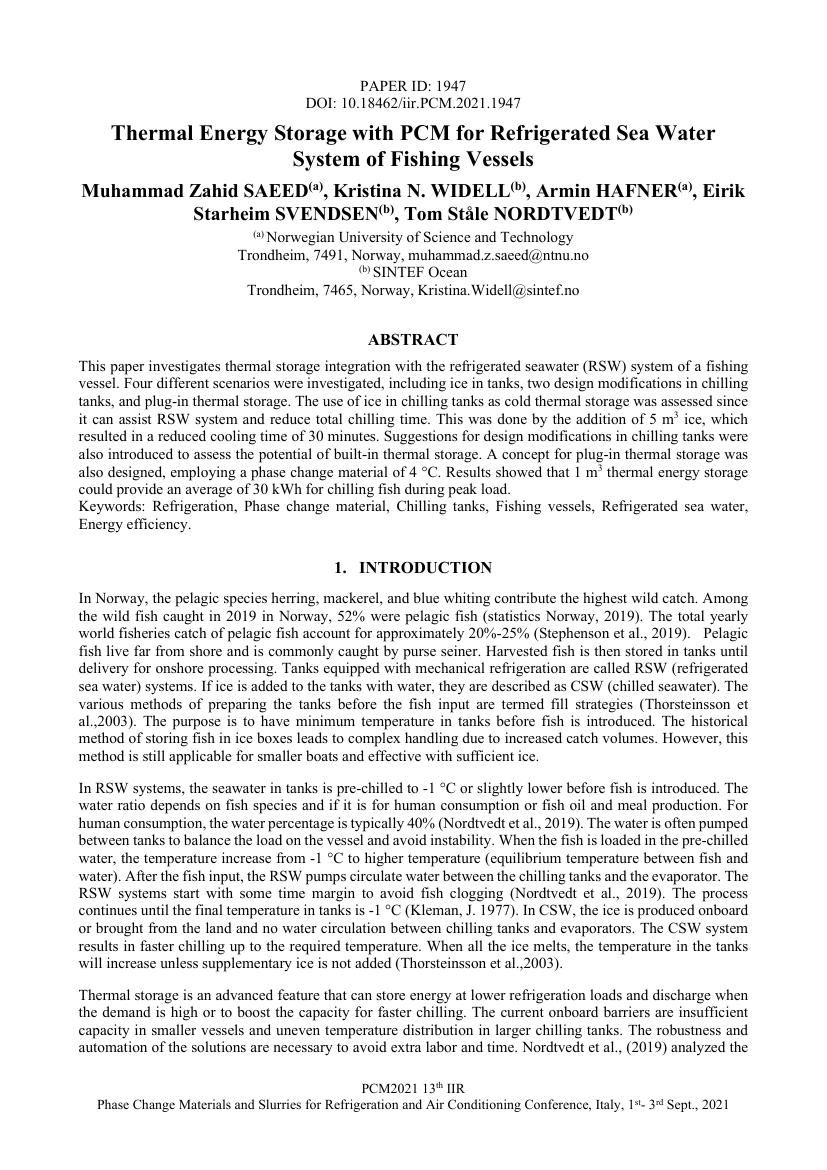
|
Thermal Energy Storage with PCM for Refrigerated Sea Water System of Fishing Vessels By Saeed, M.Z., Widell, K.N, Hafner, A., Svendsen, E.S., Nordtvedt, T.S. (01.09.2021)
|
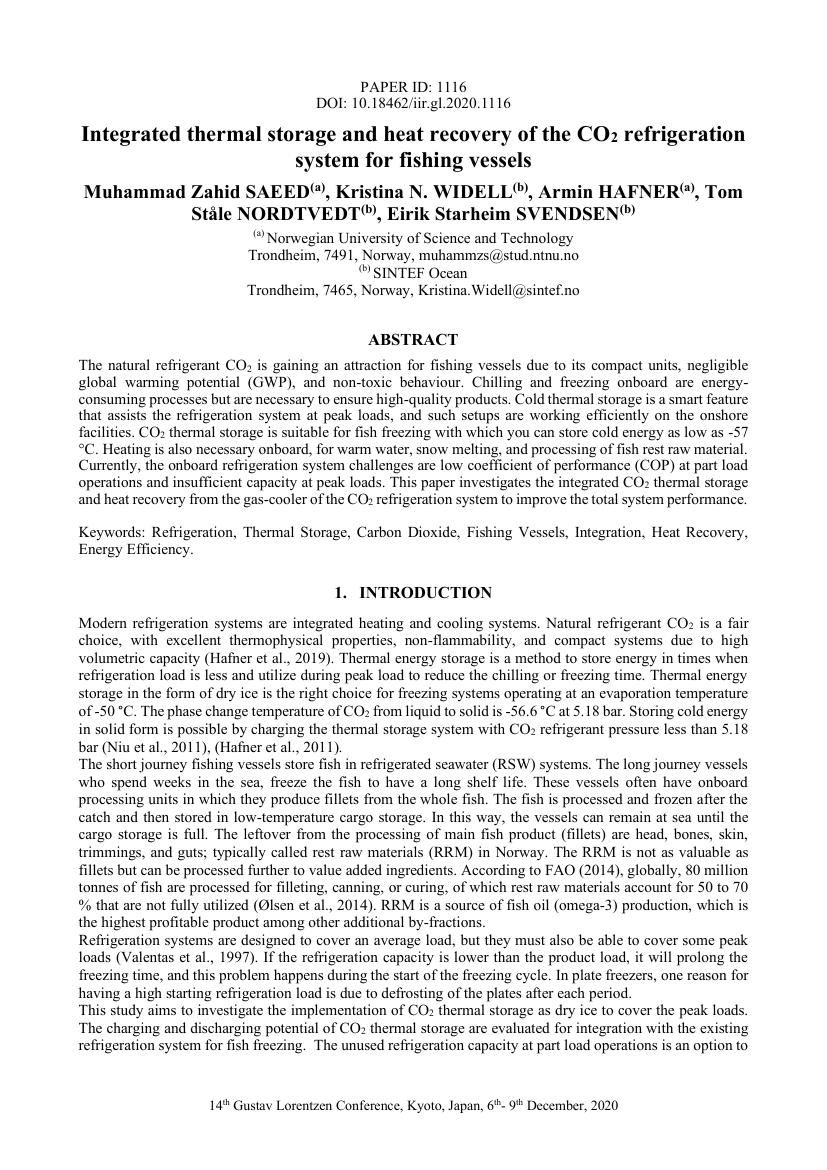
|
Integrated thermal storage and heat recovery of the CO2 refrigeration system for fishing vessels By Saeed, M.Z., Widell, K.N, Hafner, A., Nordtvedt, T.S., Svendsen, E.S. (01.12.2020)
|

|
Cryogenic cold utilization and system integration possibilities for LNG-driven fishing vessels By Saeed, M.Z., Widell, K.N, Hafner, A., Nordtvedt, T.S., Svendsen, E.S. (29.08.2020)
|
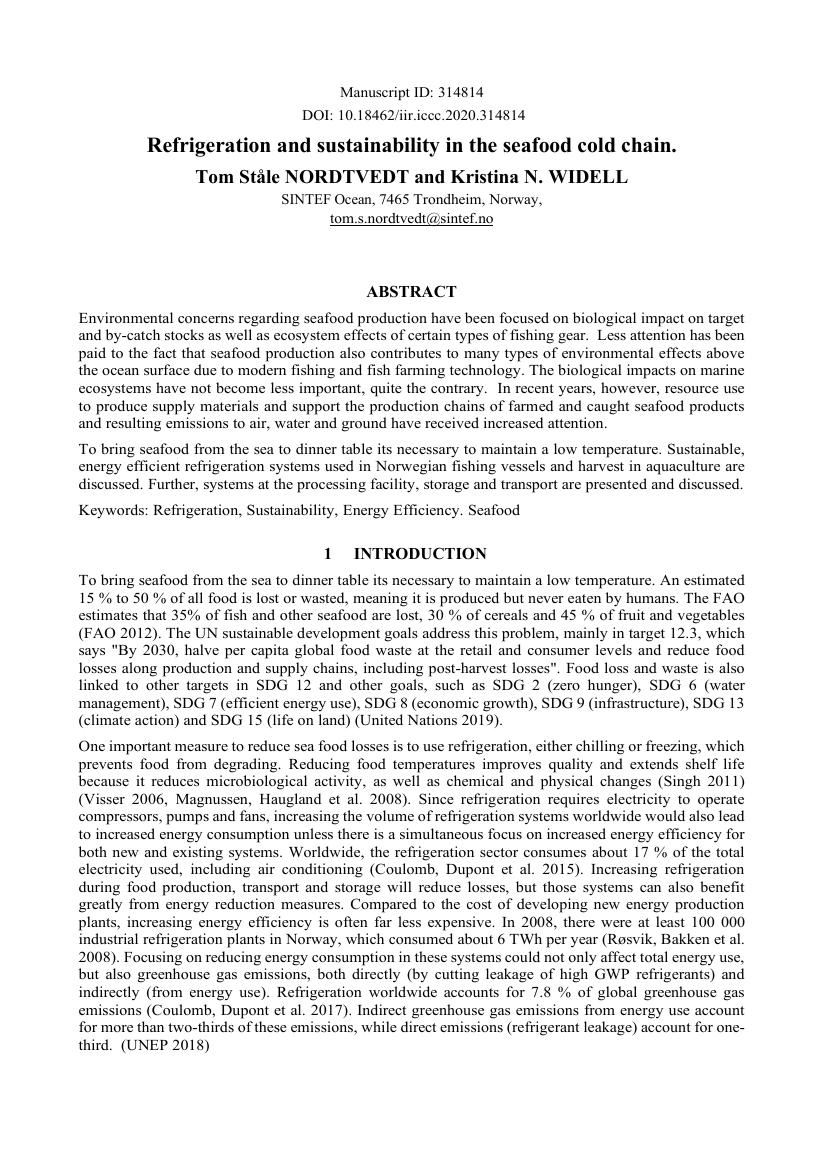
|
Refrigeration and sustainability in the seafood cold chain. By Nordtvedt, T.S., Widell, K.N (29.08.2020)
|
Bachelor thesis
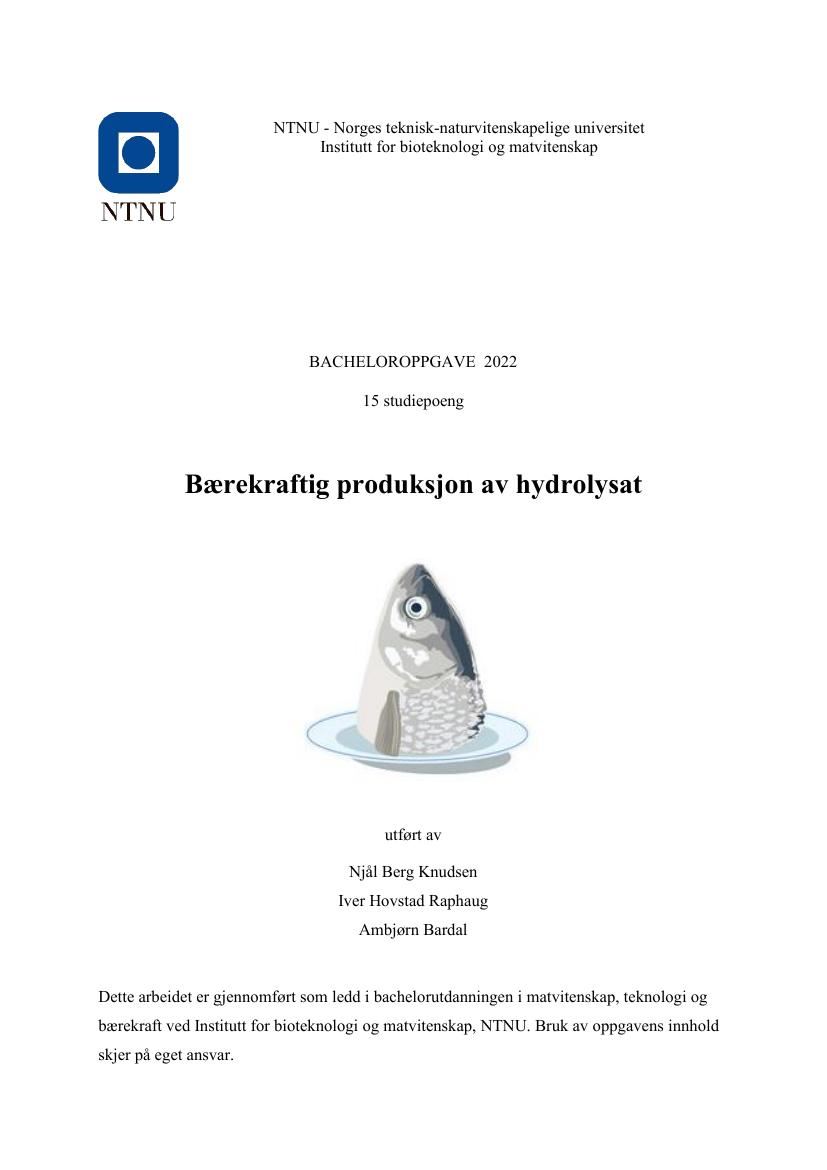
|
Bærekraftig produksjon av hydrolysat By Knudsen, N.B., Raphaug, I.H., Bardal, A. (20.05.2022)
|
Article
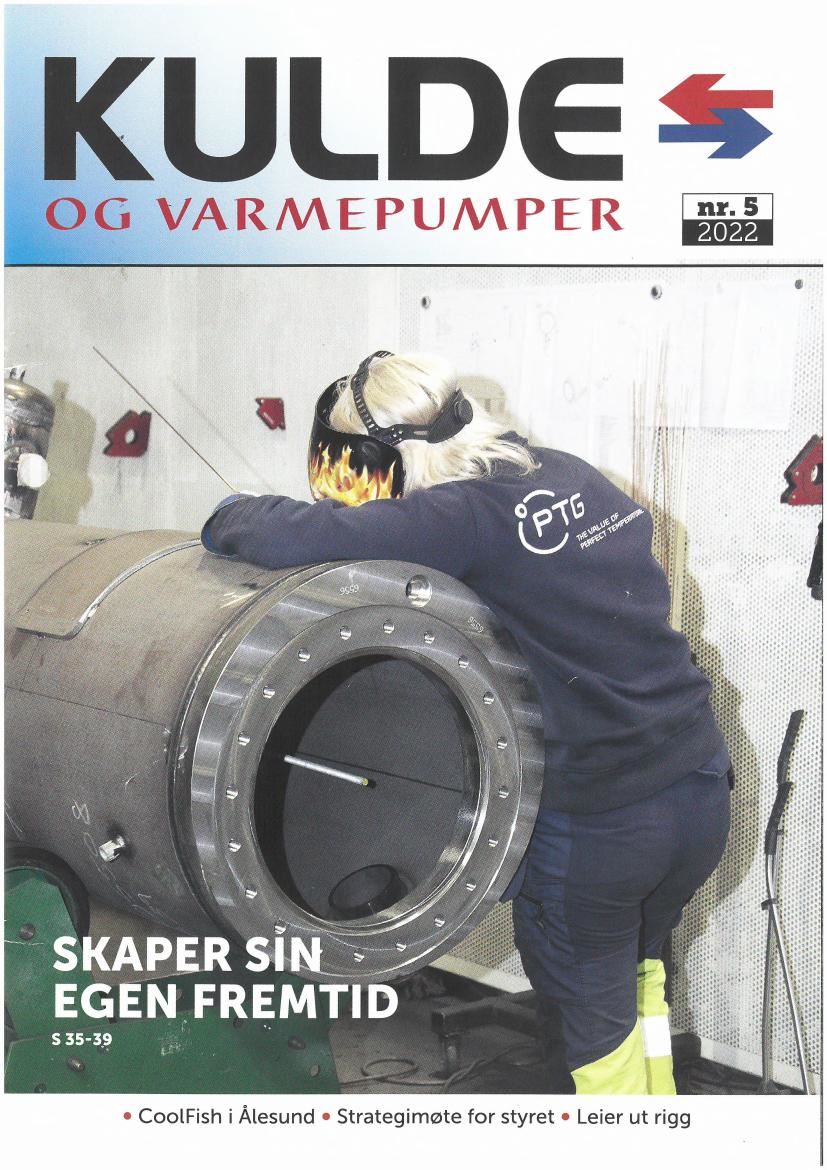
|
Kulde nr 5 2022 - Articles covering CoolFish-meeting in Ålesund (4 stories) By Wad, J. (31.05.2022)
|
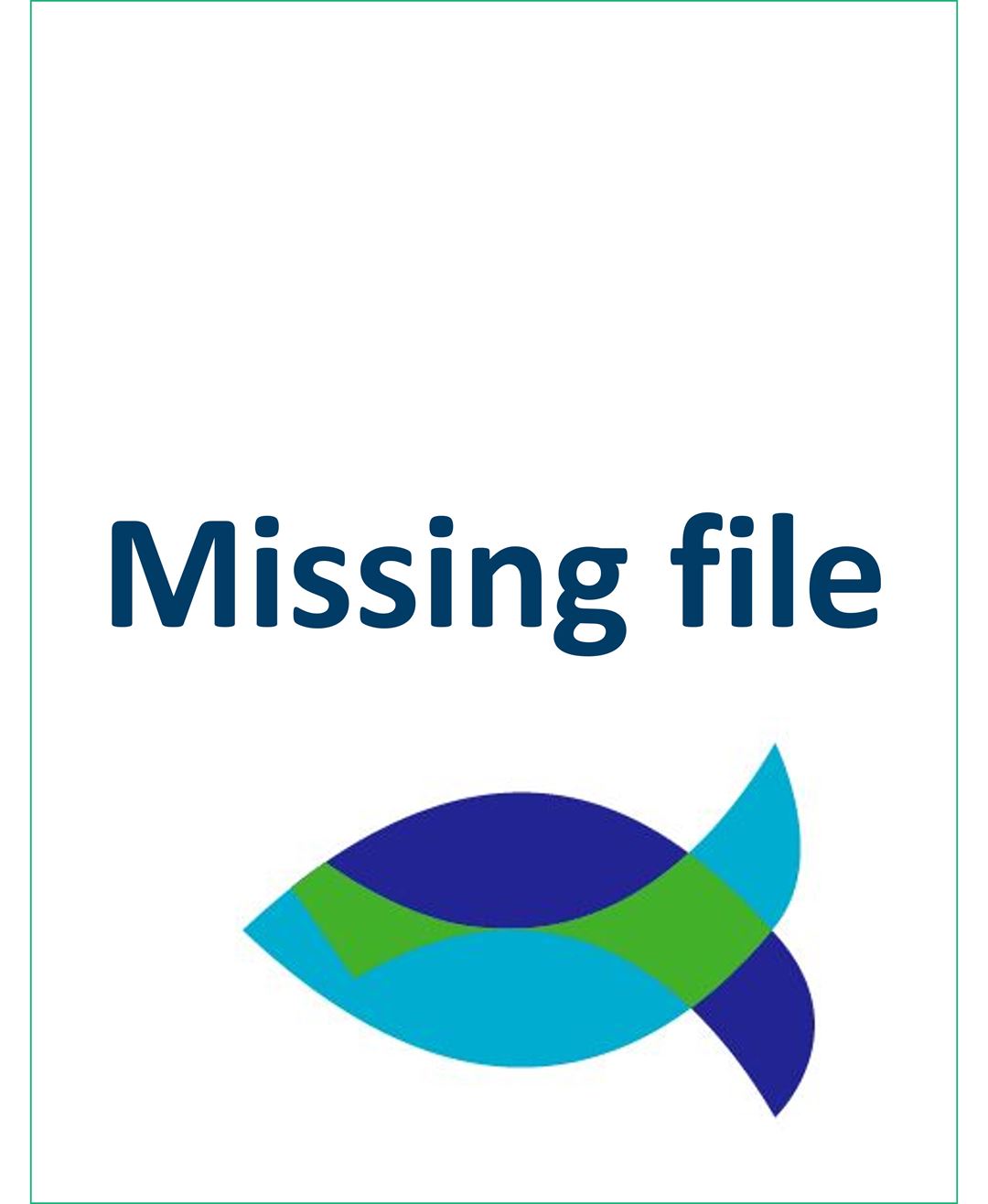
|
Mer klimavennlig sjømatproduksjon By Widell, K.N, Jafarzadeh, S. (02.08.2020)
|
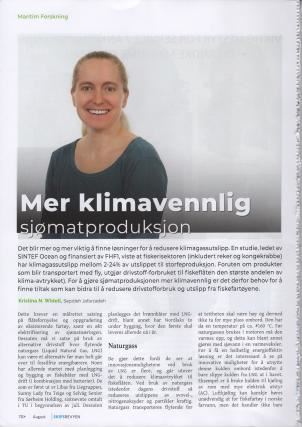
|
Mer klimavennlig sjømatproduksjon By Widell, K.N, Jafarzadeh, S. (01.08.2020)
|

|
Skal bruke 15 millioner på å utvikle nye, klimavennlige kjølesystemer i fiskebåter By Widell, K.N (05.11.2019)
|